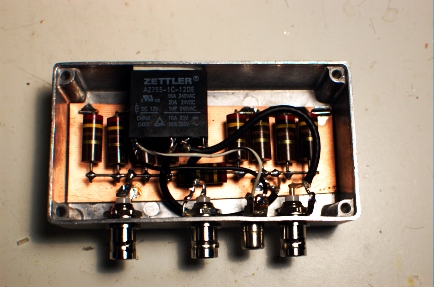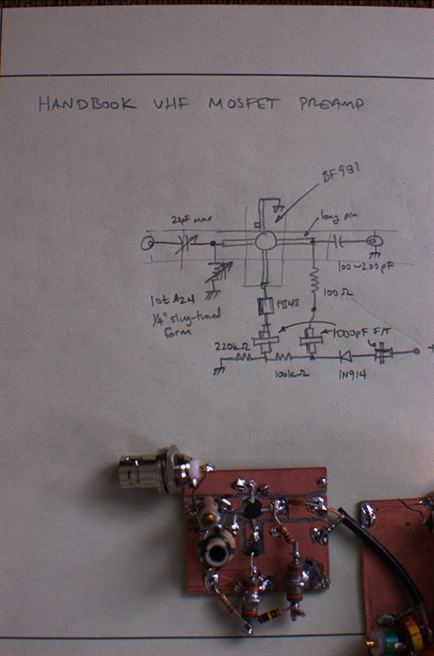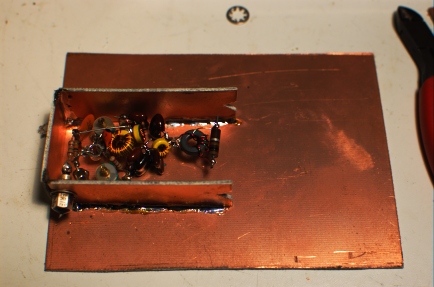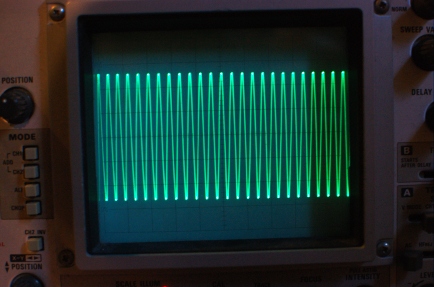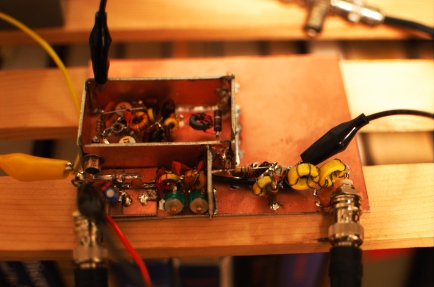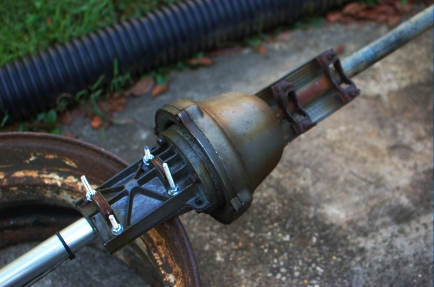Yesterday, I revisited this post listing on-going projects from December 2009. Some things have changed, some remain the same.
The computer stuff has all been crossed-off the list, except that the home server is off-line with a dead power supply (or motherboard). I’m somewhat loathe to spend any money on it, but I should be able to pick something up.
While it would probably have been cheaper to buy one of the HF/VHF/UHF combo radios, I’ve set off stupidly down the trail of building (and interfacing) transverters. I am just three amplifier stages away from having 3-5 watts on 50 MHz! …plus the interfacing. I’ve decided that interfacing transverters to radios is more difficult than actually designing and building the transverters themselves. I built the 903-MHz W1GHZ transverter during the Winter, but haven’t tried it on the air just yet. W8ISS announced recently that he had some leftovers from the group buy of W1GHZ transverter parts, including boards for 2304 and 3456 as well as some G6Y relay kits. I bought the lot. I have enough MMICs and chip caps in the shop to build these and since I’ll need to order a couple of mixers for the other transverters, I can hit the Mini-Circuits minimum order. Sometime. Microwaves may all get pushed off to Fall and Winter.
Through a strange coincidence, my wife and I independently decided that it would be a good idea to move my ham shack. The new location is closer to the center of activity in the house, which means I’ll operate more radio and be more accessible to her while I’m doing it. But, the feedline and rotator cable no longer reach my 144-MHz Yagi. Fortunately, I’ll be able to raid the K8GU coax stash shortly. In the mean time, I’ve been missing what appear from the Hepburn maps to be epic tropo conditions. Stuff happens.
QSLing, notably my favorite QSL topic—bureau cards. All bureau requests for KP4/K8GU have been processed. I ran out of CE/K8GU cards with 10 to go. I will run some more of these from a photo printer in the next couple of days. Piles of PJ2/K8GU, K8GU, and (go figure) AA8UP cards remain. I will get the PJ2 cards done this weekend since I have a box of cards on-hand. K8GU and AA8UP cards are awaiting a redesign.
Although it sounds like a lot, relatively little is getting done on any of these things thanks to an outdoor project at home. More on this in the future.
